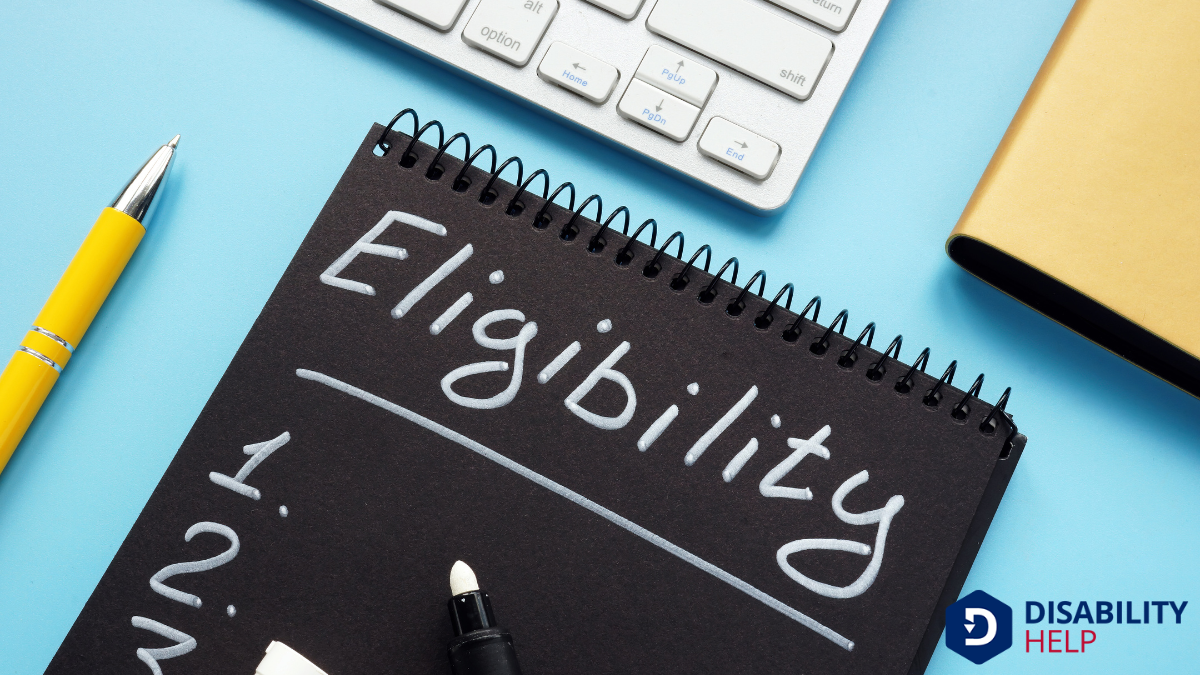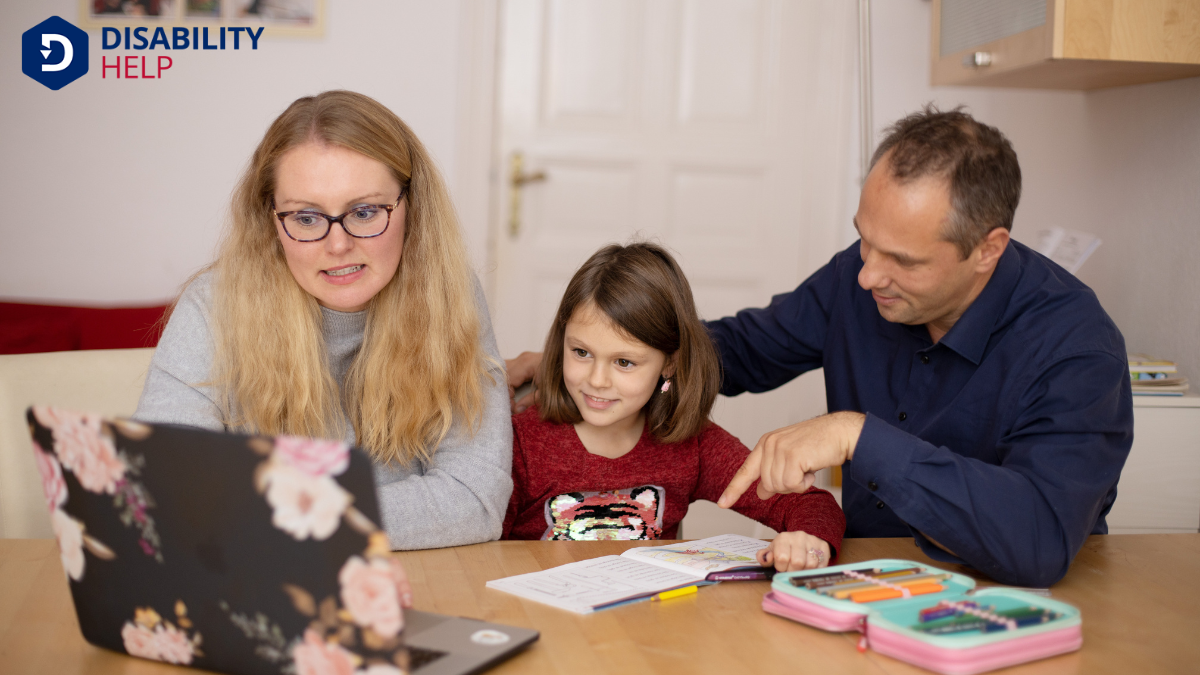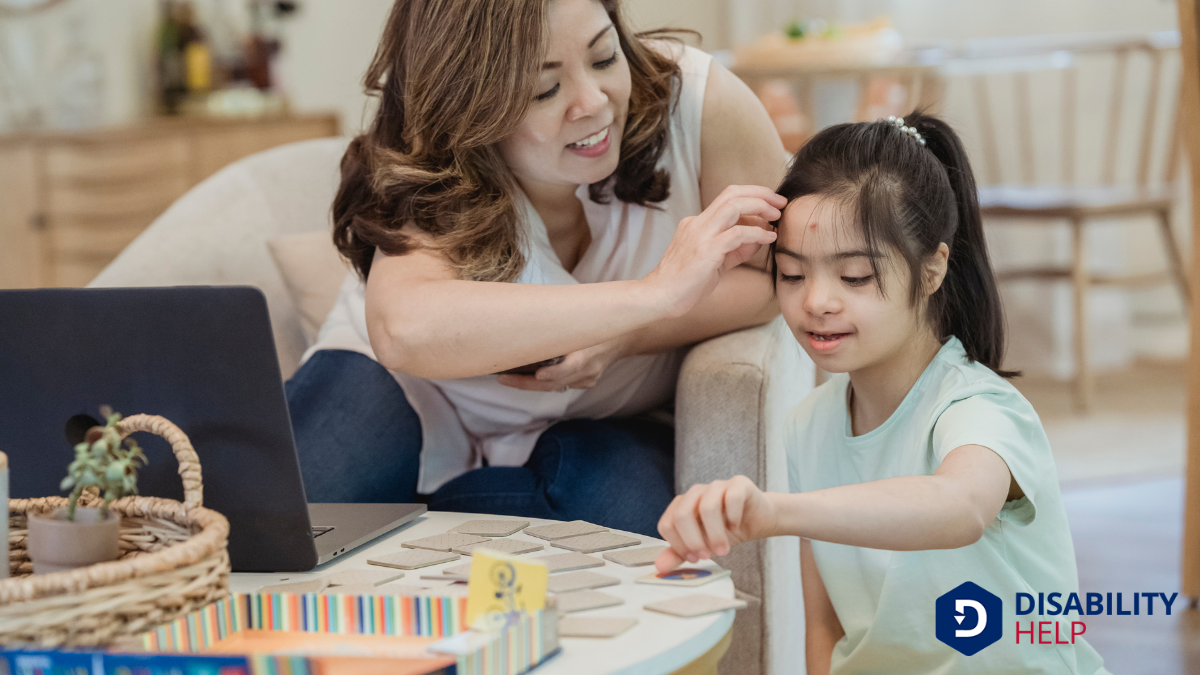Under the Individuals With Disabilities Education Act (IDEA), Individualized Education Programs (IEPs) guarantee that children with disabilities receive a Free Appropriate Public Education (FAPE) tailored to their unique needs. This federal law mandates schools to collaborate with parents and specialists in developing personalized educational plans. Our involvement in this process helps us advocate for the resources our children need to thrive. By exploring further, you'll uncover the essentials of IEPs and the crucial support networks available.
Key Takeaways
- The Individuals With Disabilities Education Act (IDEA) governs the development and implementation of IEPs for students with disabilities.
- IDEA mandates public schools provide tailored special education servicesEducational programs and services designed to meet the needs of students with disabilities. to eligible students.
- An IEP is a legally binding document outlining a student's educational roadmap and support.
- Parents and educators collaborate to develop, implement, and monitor IEPs under IDEA.
- IDEA requires schools to offer Free Appropriate Public Education (FAPE) to students with disabilities.
Understanding the Individuals With Disabilities Education Act (IDEA)
The Individuals With Disabilities Education Act (IDEA) is a cornerstone in ensuring that children with disabilities receive the education they deserve. It mandates that public schools provide special educationCustomized educational programs designed to meet the needs of students with disabilities. services tailored to the unique needs of each child.
We understand how important it is for every student to have access to an education that fits their learning style and needs. IDEA guarantees that children with disabilities aren't left behind.
Under IDEA, schools must develop an Individualized Education Program (IEP)A plan developed for U.S. students with disabilities to ensure they receive tailored educational ser... for each eligible child. This plan outlines specific goals and the services provided to help achieve those goals.
We believe that understanding IDEA is essential for parents and educators. It empowers us to advocate for the needs of students, ensuring they have the support necessary to succeed.
Eligibility Criteria for IEPs

Determining which students qualify for an Individualized Education Program (IEP) is essential for guaranteeing they receive the support they need. Under the Individuals with Disabilities Education Act (IDEA), students must meet specific criteria.
First, they must have one of the 13 identified disabilities, such as autism, learning disabilities, or emotional disturbances.
Second, the disability must adversely affect their educational performance, requiring special education and related services.
We, as educators and parents, need to work together to identify students who truly need these services. An evaluation process involving teachers, specialists, and parents helps us assess the student's needs.
The IEP Development Process
Creating an Individualized Education Program (IEP) involves a collaborative process where educators, parents, and specialists come together to design a plan that addresses a student's unique needs.
We start by gathering detailed information about the student's strengths, challenges, and educational goals. This data often comes from assessments, observations, and discussions with the student and their family.
In our meetings, we focus on open communication, ensuring everyone's voice is heard. It's essential that we comprehend the student's learning style and any barriers to their success.
Together, we brainstorm strategies and accommodationsModifications or adjustments in healthcare settings to support patients with disabilities. that will aid the student's progress. Once we've agreed on these elements, we document them in the IEP, creating a roadmap for the student's educational journey.
Key Components of an IEP
As we explore the key components of an IEP, we must focus on two critical elements: present levels of performance and measurable annual goals.
These components help us understand where a student currently stands and where they need to go. By setting clear goals, we can effectively track progress and guarantee the student's educational needs are met.
Present Levels of Performance
Understanding the Present Levels of Performance is essential when developing an effective Individualized Education Program (IEP). These levels provide a snapshot of the student's current abilities, helping us tailor the IEP to meet their unique needs.
They encompass various domains, including academic achievement, social skills, and functional performance. By clearly identifying these levels, we guarantee that the IEP addresses real challenges and promotes growth.
Here's what we should consider:
- Academic Performance: Evaluate the student's progress in subjects like reading, math, and writing to identify strengths and areas for improvement.
- Functional Skills: Assess abilities needed for daily activities, such as communication and self-care.
- Social and Emotional Development: Understand how the student interacts with peers and manages emotions.
This approach guarantees a thorough and personalized IEP.
Measurable Annual Goals
Measurable annual goals form the backbone of an effective Individualized Education Program (IEP). They guide us in creating a roadmap tailored to each student's unique needs. These goals help us track progress clearly and guarantee that we're addressing specific challenges.
By outlining what a student should achieve over a year, we provide a focused direction for their educational journey.
When crafting these goals, we must guarantee they're specific, measurable, achievable, relevant, and time-bound (SMART). This approach allows us to evaluate whether the student is meeting the expected milestones.
Together, we can set realistic yet ambitious targets and adjust strategies as needed. By doing so, we empower students and encourage them to reach their full potential in their educational endeavors.
Parental Involvement and Rights

When it comes to the Individualized Education Program (IEP), parental involvement and rights are essential components that guarantee a child's educational needs are met.
We must make certain that we're actively participating in our child's education. Federal law outlines specific rights for parents, making sure our voices are heard in the IEP process.
Here are a few key rights:
- Participation in Meetings: We have the right to attend and participate in all meetings related to our child's IEP. This involvement is critical for understanding and influencing our child's educational path.
- Access to Records: We're entitled to access our child's educational records to stay informed about their progress and any decisions made.
- Consent and Dispute Resolution: We must provide consent for evaluations and can resolve disputes through due processThe legal requirement that the state must respect all legal rights owed to a person, including fair ....
Understanding these rights empowers us to advocate effectively for our children.
School Responsibilities and Legal Obligations
While parents play an essential role in the IEP process, schools also have significant responsibilities and legal obligations to confirm our children's educational needs are met.
Under federal law, schools must provide a Free Appropriate Public Education (FAPE) tailored to each child's unique needs. They're required to develop an Individualized Education Program (IEP) through collaboration with parents, teachers, and specialists. This document outlines specific educational goals and the support services necessary to achieve them.
Schools must confirm that the IEP is implemented effectively, monitoring progress and making adjustments as needed.
Regular meetings with the IEP team are essential to review and update the plan. By law, schools must also offer services in the least restrictive environment, promoting inclusionThe practice of creating environments in which any individual or group can be and feel welcomed, res... whenever possible.
Challenges and Common Issues in IEP Implementation
Despite best intentions, implementing an IEP can present numerous challenges and common issues that we must address. Understanding these obstacles is essential for fostering an effective educational environment.
- Communication Gaps: Sometimes, there's a lack of clear communication between parents, educators, and specialists. This can lead to misunderstandings about the student's needs and goals.
- Resource Limitations: Schools often face budget constraints and may lack the necessary resources, such as specialized staff or materials, to fully implement IEPs. This can hinder the quality of support provided.
- Consistency Issues: Maintaining consistent implementation across different teachers and educational settings can be difficult. Variations in adherence to the IEP can affect the student's progress and overall experience.
Resources and Support for Families and Educators

As we explore resources for IEPs, it's essential to know how to navigate the available tools and services effectively.
Connecting with support networks can provide invaluable insights and shared experiences that empower both families and educators.
Let's also focus on educator training opportunities to guarantee everyone involved is well-prepared to support our children's unique needs.
Navigating Available IEP Resources
How can we effectively traverse the myriad of resources available for Individualized Education Programs (IEPs)?
We must first understand that these resources are essential for supporting both families and educators.
To make the most of them, let's focus on three key approaches:
- Identify Reliable Sources: Start by seeking out well-established organizations and government websites that provide accurate and up-to-date information about IEPs. This helps guarantee we're working with credible content.
- Utilize Educational Tools: Access online platforms and tools specifically designed to simplify the IEP process, such as templates, checklists, and guides, which can help us stay organized and informed.
- Attend Workshops and Webinars: Participate in events that offer insights from experts, allowing us to deepen our understanding and gain practical skills for traversing IEPs successfully.
Connecting With Support Networks
While we've explored the various resources available for managing IEPs, building robust support networks is another essential step.
We need to connect with others who share similar experiences—whether it's parents, educators, or specialists. These connections can provide invaluable advice, emotional support, and practical tips for traversing the IEP process. Joining local or online support groups can create a sense of community and shared understanding.
Let's not overlook the power of collaboration among educators, too. Regular communication with teachers and school staff guarantees everyone is on the same page regarding a child's needs.
Educator Training Opportunities
When we consider the importance of educator training opportunities, it's clear that well-prepared teachers are essential for effectively supporting students with Individualized Education Programs (IEPs).
We can enhance our understanding and skills through several avenues, ensuring we meet each student's unique needs. Here's how:
- Workshops and Seminars: These provide hands-on experiences and up-to-date strategies for educators working with students who've IEPs.
- Online Courses: Flexible learning options allow educators to deepen their knowledge on specific disabilities, instructional methods, and legal obligations related to IEPs.
- Collaborative Communities: Engaging with other educators in professional learning communities fosters the sharing of resources and successful practices.
Conclusion
In conclusion, we've explored the Individuals with Disabilities Education Act (IDEA) and its essential role in shaping Individualized Education Programs (IEPs). By understanding eligibility, the development process, and key components, we can better advocate for students with disabilities. Remember, parental involvement is important, and schools have legal obligations to fulfill. Despite challenges, effective IEP implementation is possible with the right resources and support. Let's continue working together to guarantee every child receives the education they deserve.






